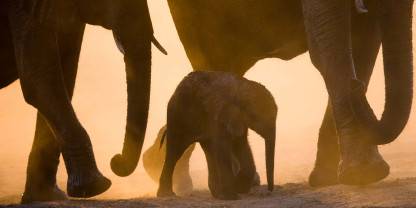With a checklist approaching 500 species, Hwange National Park is a genuine birding hot spot. Fifty types of raptor have been recorded, notably the striking bateleur, which is often seen soaring overhead. Grassland heavyweights include ostrich, kori bustard, southern ground hornbill and secretary bird. Hwange is a stronghold for many species unique to the dry Kalahari region, including Bradfield’s hornbill, southern pied babbler and crimson-breasted shrike. Migratory birds flock here from November to April.
Birding Specials Treats for Avid Birders
- African golden oriole
- African hawk-eagle
- African pygmy goose
- African skimmer
- African swamphen
- Allen’s gallinule
- Bateleur
- Black-faced waxbill
- Black-winged pratincole
- Bradfield’s hornbill
- Broad-tailed paradise whydah
- Burchell’s sandgrouse
- Collared pratincole
- Crimson-breasted shrike
- Eastern black-headed oriole
- Goliath heron
- Greater flamingo
- Kalahari scrub robin
- Lesser moorhen
- Lilac-breasted roller
- Magpie shrike
- Orange-winged pytilia
- Red-billed spurfowl
- Saddle-billed stork
- Southern ground hornbill
- Southern pied babbler
- Violet-eared waxbill
- White-headed black chat
- Yellow-billed hornbill
Best Time for Bird Watching
Birdlife is plentiful year-round but at its very best from November to April when migratory birds from Europe and northern Africa are present. Resident birds can be seen nesting and in their bright breeding plumage at this time as well. From July to October, during the middle and end of the Dry season, is the best time for wildlife viewing.

